Zayd Hammoudeh
Large Language Models Are Better Adversaries: Exploring Generative Clean-Label Backdoor Attacks Against Text Classifiers
Oct 28, 2023Abstract:Backdoor attacks manipulate model predictions by inserting innocuous triggers into training and test data. We focus on more realistic and more challenging clean-label attacks where the adversarial training examples are correctly labeled. Our attack, LLMBkd, leverages language models to automatically insert diverse style-based triggers into texts. We also propose a poison selection technique to improve the effectiveness of both LLMBkd as well as existing textual backdoor attacks. Lastly, we describe REACT, a baseline defense to mitigate backdoor attacks via antidote training examples. Our evaluations demonstrate LLMBkd's effectiveness and efficiency, where we consistently achieve high attack success rates across a wide range of styles with little effort and no model training.
Feature Partition Aggregation: A Fast Certified Defense Against a Union of Sparse Adversarial Attacks
Feb 22, 2023Abstract:Deep networks are susceptible to numerous types of adversarial attacks. Certified defenses provide guarantees on a model's robustness, but most of these defenses are restricted to a single attack type. In contrast, this paper proposes feature partition aggregation (FPA) - a certified defense against a union of attack types, namely evasion, backdoor, and poisoning attacks. We specifically consider an $\ell_0$ or sparse attacker that arbitrarily controls an unknown subset of the training and test features - even across all instances. FPA generates robustness guarantees via an ensemble whose submodels are trained on disjoint feature sets. Following existing certified sparse defenses, we generalize FPA's guarantees to top-$k$ predictions. FPA significantly outperforms state-of-the-art sparse defenses providing larger and stronger robustness guarantees, while simultaneously being up to 5,000${\times}$ faster.
Training Data Influence Analysis and Estimation: A Survey
Dec 09, 2022Abstract:Good models require good training data. For overparameterized deep models, the causal relationship between training data and model predictions is increasingly opaque and poorly understood. Influence analysis partially demystifies training's underlying interactions by quantifying the amount each training instance alters the final model. Measuring the training data's influence exactly can be provably hard in the worst case; this has led to the development and use of influence estimators, which only approximate the true influence. This paper provides the first comprehensive survey of training data influence analysis and estimation. We begin by formalizing the various, and in places orthogonal, definitions of training data influence. We then organize state-of-the-art influence analysis methods into a taxonomy; we describe each of these methods in detail and compare their underlying assumptions, asymptotic complexities, and overall strengths and weaknesses. Finally, we propose future research directions to make influence analysis more useful in practice as well as more theoretically and empirically sound. A curated, up-to-date list of resources related to influence analysis is available at https://github.com/ZaydH/influence_analysis_papers.
Reducing Certified Regression to Certified Classification
Aug 29, 2022
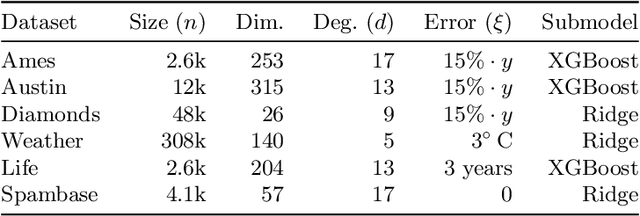
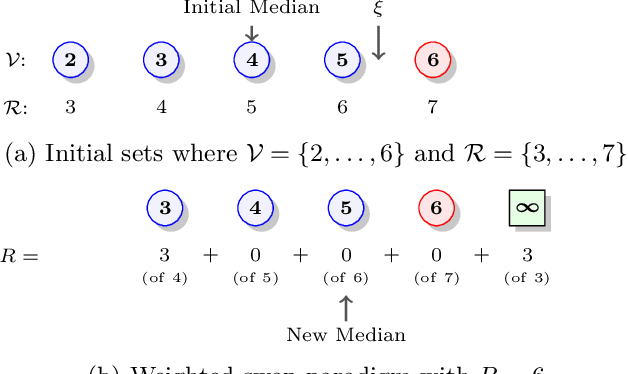
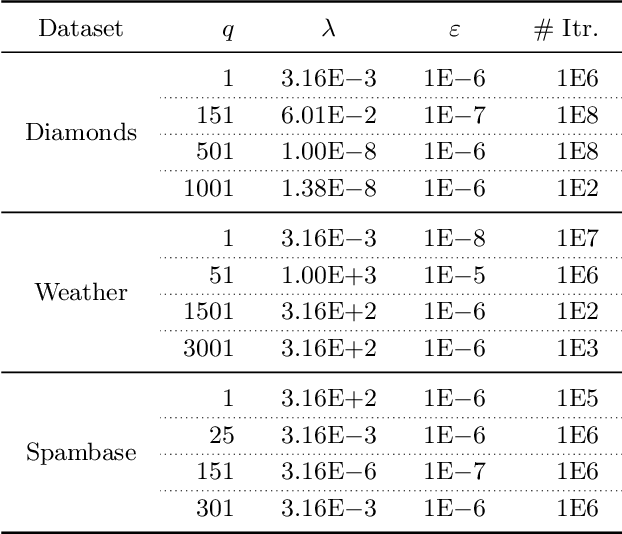
Abstract:Adversarial training instances can severely distort a model's behavior. This work investigates certified regression defenses, which provide guaranteed limits on how much a regressor's prediction may change under a training-set attack. Our key insight is that certified regression reduces to certified classification when using median as a model's primary decision function. Coupling our reduction with existing certified classifiers, we propose six new provably-robust regressors. To the extent of our knowledge, this is the first work that certifies the robustness of individual regression predictions without any assumptions about the data distribution and model architecture. We also show that existing state-of-the-art certified classifiers often make overly-pessimistic assumptions that can degrade their provable guarantees. We introduce a tighter analysis of model robustness, which in many cases results in significantly improved certified guarantees. Lastly, we empirically demonstrate our approaches' effectiveness on both regression and classification data, where the accuracy of up to 50% of test predictions can be guaranteed under 1% training-set corruption and up to 30% of predictions under 4% corruption. Our source code is available at https://github.com/ZaydH/certified-regression.
Adapting and Evaluating Influence-Estimation Methods for Gradient-Boosted Decision Trees
Apr 30, 2022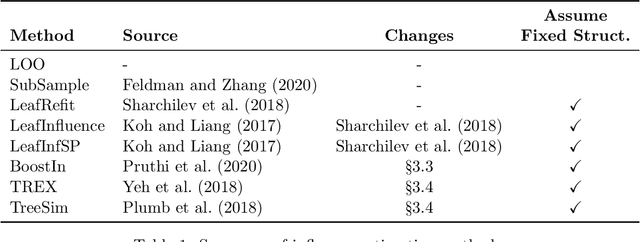


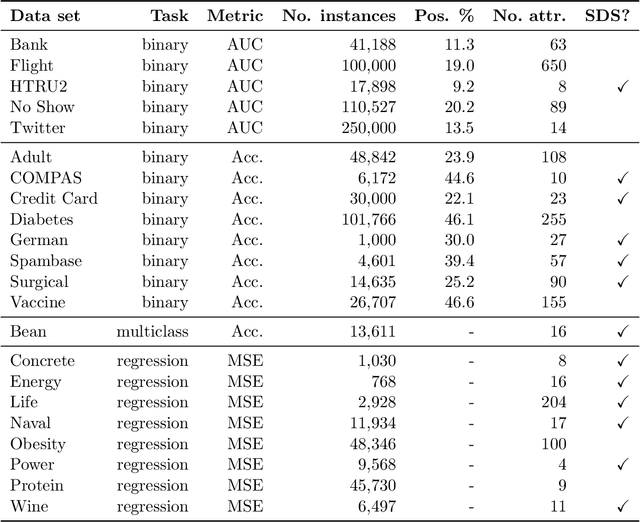
Abstract:Influence estimation analyzes how changes to the training data can lead to different model predictions; this analysis can help us better understand these predictions, the models making those predictions, and the data sets they're trained on. However, most influence-estimation techniques are designed for deep learning models with continuous parameters. Gradient-boosted decision trees (GBDTs) are a powerful and widely-used class of models; however, these models are black boxes with opaque decision-making processes. In the pursuit of better understanding GBDT predictions and generally improving these models, we adapt recent and popular influence-estimation methods designed for deep learning models to GBDTs. Specifically, we adapt representer-point methods and TracIn, denoting our new methods TREX and BoostIn, respectively; source code is available at https://github.com/jjbrophy47/tree_influence. We compare these methods to LeafInfluence and other baselines using 5 different evaluation measures on 22 real-world data sets with 4 popular GBDT implementations. These experiments give us a comprehensive overview of how different approaches to influence estimation work in GBDT models. We find BoostIn is an efficient influence-estimation method for GBDTs that performs equally well or better than existing work while being four orders of magnitude faster. Our evaluation also suggests the gold-standard approach of leave-one-out~(LOO) retraining consistently identifies the single-most influential training example but performs poorly at finding the most influential set of training examples for a given target prediction.
Identifying a Training-Set Attack's Target Using Renormalized Influence Estimation
Jan 25, 2022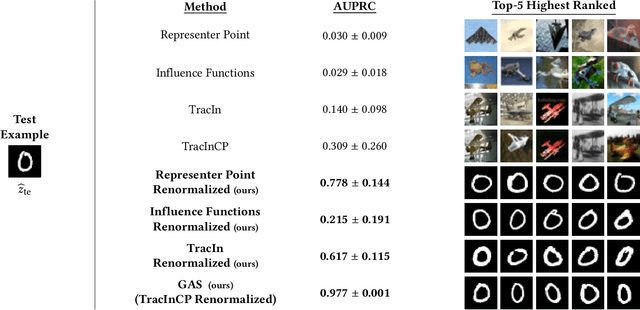
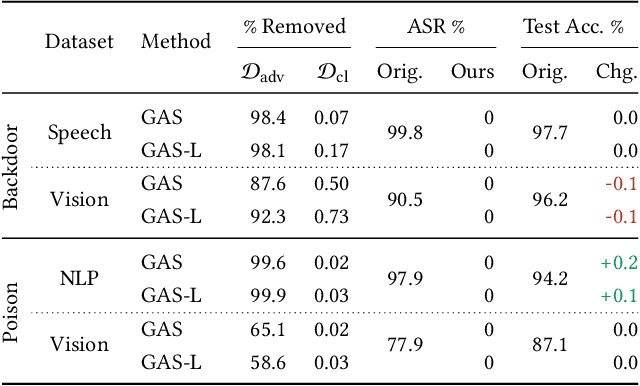
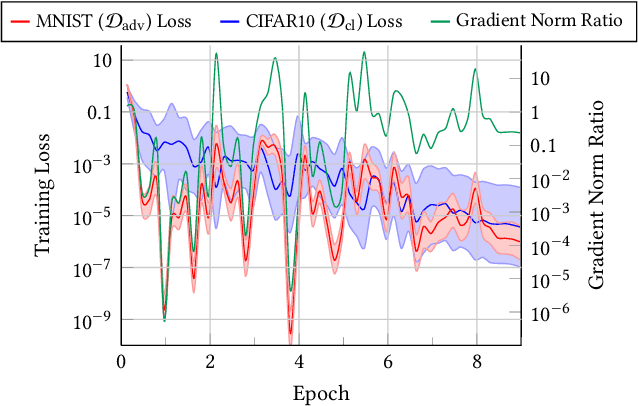
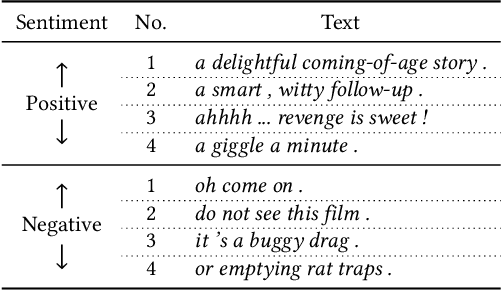
Abstract:Targeted training-set attacks inject malicious instances into the training set to cause a trained model to mislabel one or more specific test instances. This work proposes the task of target identification, which determines whether a specific test instance is the target of a training-set attack. This can then be combined with adversarial-instance identification to find (and remove) the attack instances, mitigating the attack with minimal impact on other predictions. Rather than focusing on a single attack method or data modality, we build on influence estimation, which quantifies each training instance's contribution to a model's prediction. We show that existing influence estimators' poor practical performance often derives from their over-reliance on instances and iterations with large losses. Our renormalized influence estimators fix this weakness; they far outperform the original ones at identifying influential groups of training examples in both adversarial and non-adversarial settings, even finding up to 100% of adversarial training instances with no clean-data false positives. Target identification then simplifies to detecting test instances with anomalous influence values. We demonstrate our method's generality on backdoor and poisoning attacks across various data domains including text, vision, and speech. Our source code is available at https://github.com/ZaydH/target_identification .
Learning from Positive and Unlabeled Data with Arbitrary Positive Shift
Feb 24, 2020



Abstract:Positive-unlabeled (PU) learning trains a binary classifier using only positive and unlabeled data. A common simplifying assumption is that the positive data is representative of the target positive class. This assumption is often violated in practice due to time variation, domain shift, or adversarial concept drift. This paper shows that PU learning is possible even with arbitrarily non-representative positive data when provided unlabeled datasets from the source and target distributions. Our key insight is that only the negative class's distribution need be fixed. We propose two methods to learn under such arbitrary positive bias. The first couples negative-unlabeled (NU) learning with unlabeled-unlabeled (UU) learning while the other uses a novel recursive risk estimator robust to positive shift. Experimental results demonstrate our methods' effectiveness across numerous real-world datasets and forms of positive data bias, including disjoint positive class-conditional supports.
 Add to Chrome
Add to Chrome Add to Firefox
Add to Firefox Add to Edge
Add to Edge